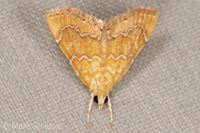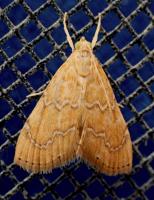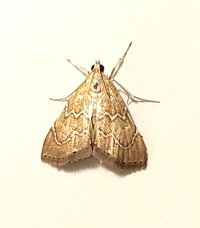
| Recorded by: Mark Basinger on 2025-09-19
Brunswick Co.
Comment: | 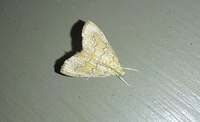
| Recorded by: Allison Garton on 2025-09-09
Moore Co.
Comment: |
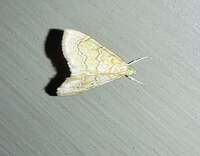
| Recorded by: Allison Garton on 2025-09-08
Moore Co.
Comment: | 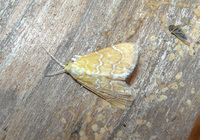
| Recorded by: R. Newman on 2025-08-27
Carteret Co.
Comment: |

| Recorded by: Mark Basinger on 2025-07-30
Wilson Co.
Comment: | 
| Recorded by: Allison Garton on 2025-07-02
Moore Co.
Comment: |
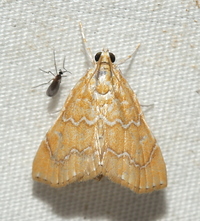
| Recorded by: David George, Jim Petranka on 2025-06-29
Richmond Co.
Comment: | 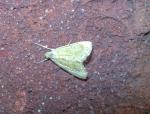
| Recorded by: R. Newman on 2025-06-26
Carteret Co.
Comment: |

| Recorded by: Jeff Niznik, David George, Larry Chen, Sarah Toner, Joye Zhou on 2025-06-20
Richmond Co.
Comment: | 
| Recorded by: Mark Basinger on 2025-06-10
Wilson Co.
Comment: |

| Recorded by: Ken Kneidel on 2025-06-03
Mecklenburg Co.
Comment: | 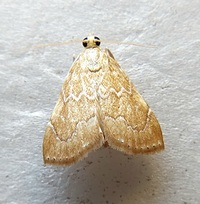
| Recorded by: Mark Basinger on 2025-05-11
Wilson Co.
Comment: |

| Recorded by: Mark Basinger on 2025-05-04
Wilson Co.
Comment: | 
| Recorded by: Mark Basinger on 2024-09-07
Wilson Co.
Comment: |

| Recorded by: R. Newman on 2024-08-23
Carteret Co.
Comment: | 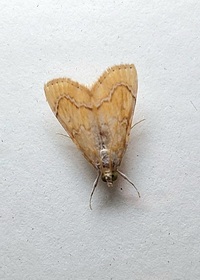
| Recorded by: Mark Basinger on 2024-08-04
Mitchell Co.
Comment: |

| Recorded by: R. Newman on 2024-06-16
Carteret Co.
Comment: | 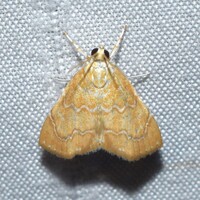
| Recorded by: Jeff Niznik on 2024-06-14
Scotland Co.
Comment: |
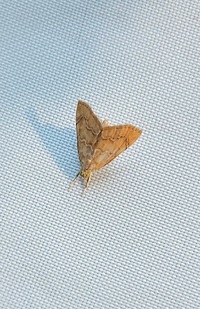
| Recorded by: Mark Basinger on 2024-06-11
Wilson Co.
Comment: | 
| Recorded by: Hunter Phillips on 2024-06-07
Onslow Co.
Comment: |

| Recorded by: Simpson Eason on 2024-05-27
Brunswick Co.
Comment: | 
| Recorded by: Mark Basinger on 2024-05-21
Wilson Co.
Comment: |
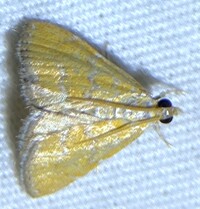
| Recorded by: Dean Furbish on 2024-05-11
Pender Co.
Comment: | 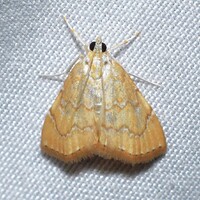
| Recorded by: Jeff Niznik on 2024-05-09
Orange Co.
Comment: |

| Recorded by: Dean Furbish on 2024-05-09
Pender Co.
Comment: | 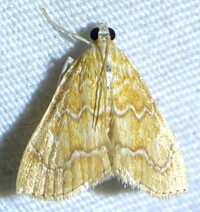
| Recorded by: Dean Furbish on 2024-05-07
Pender Co.
Comment: |

| Recorded by: Mark Basinger on 2023-09-14
Wilson Co.
Comment: | 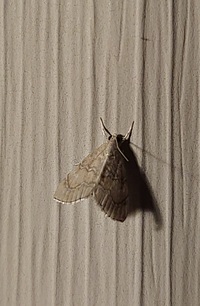
| Recorded by: Mark Basinger on 2023-09-14
Wilson Co.
Comment: |

| Recorded by: Andrew W. Jones on 2023-09-07
Polk Co.
Comment: | 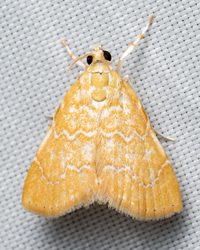
| Recorded by: Mark Shields on 2023-09-01
Onslow Co.
Comment: |
|

 »
»